On the morning of December 10, Vietnam Women's Publishing House organized an event to launch the book The Rat by Finnish writer Risto Isomäki, translated by Bui Viet Hoa.
The 464-page work is a thrilling and suspenseful fantasy novel about marine ecology, in which part of the plot deals with the threats caused by global warming.
Besides, the novel also asks the question: Are the common legends spread across continents about giant, crested-headed, ocean-dwelling snakes all rooted in authentic observations?
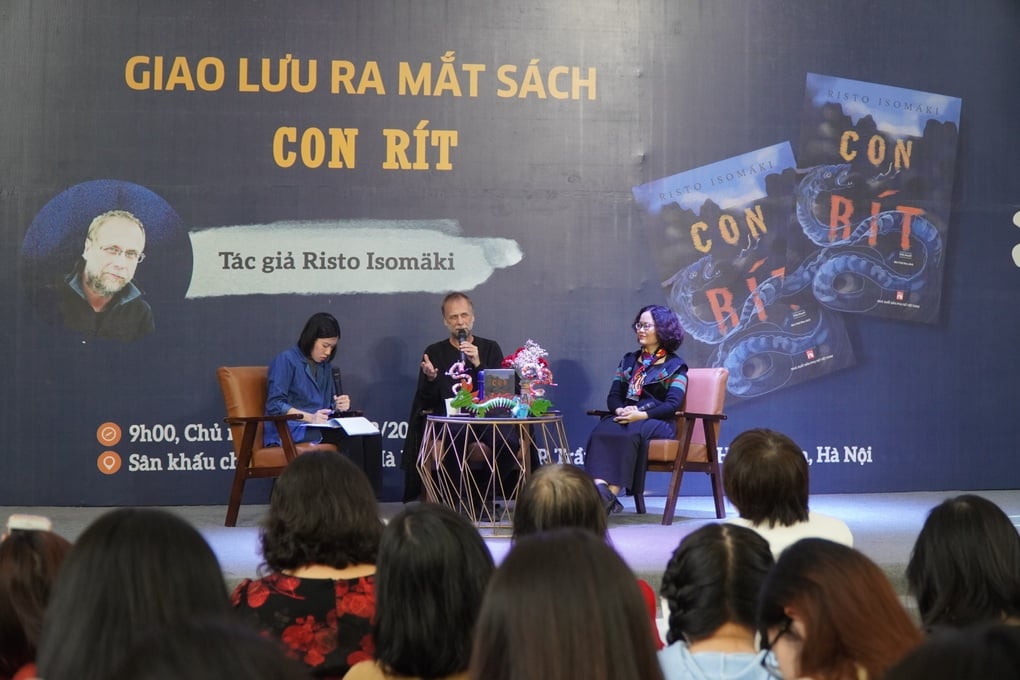
The book launch of "Con rit" on the morning of December 10 at Hanoi book street (Photo: Vietnam Women's Publishing House).
It was not an animal known to science , but rather looked very much like a mystic snake, a mythical creature in Vietnamese legends. However, a huge storm swept the body out to sea before any researchers could get a look.
Martti is an expert on mysterious animals that locals believe to be real, even though science has yet to confirm or describe them. His particular passion is the scorpion, a monster he believes he saw in the South China Sea when he was a child living with his parents.
Martti is convinced that this species really exists, because their bodies are depicted as similar to those found in rock carvings or in statues or reliefs thousands of years old on all continents.
It is believed that they appeared in ancient times when cultures on different continents had absolutely no interaction or communication with each other.
"The animal was enormous. Its trunk was at least three meters long, like a giant tree stump. Its entire body was exposed about twelve meters.
Martti suddenly remembered how, as a child, he had felt sorry for the worms writhing helplessly as they were impaled on the cold metal hook that served as bait.
He wondered what worms felt when they saw a big fish approaching, assuming they could see anything. After all, did they have eyes?
At this time the identity has been swapped.
In a surprising and extremely unreasonable way. He himself becomes the poor prey being targeted by a giant worm" , quoted from the book's content.
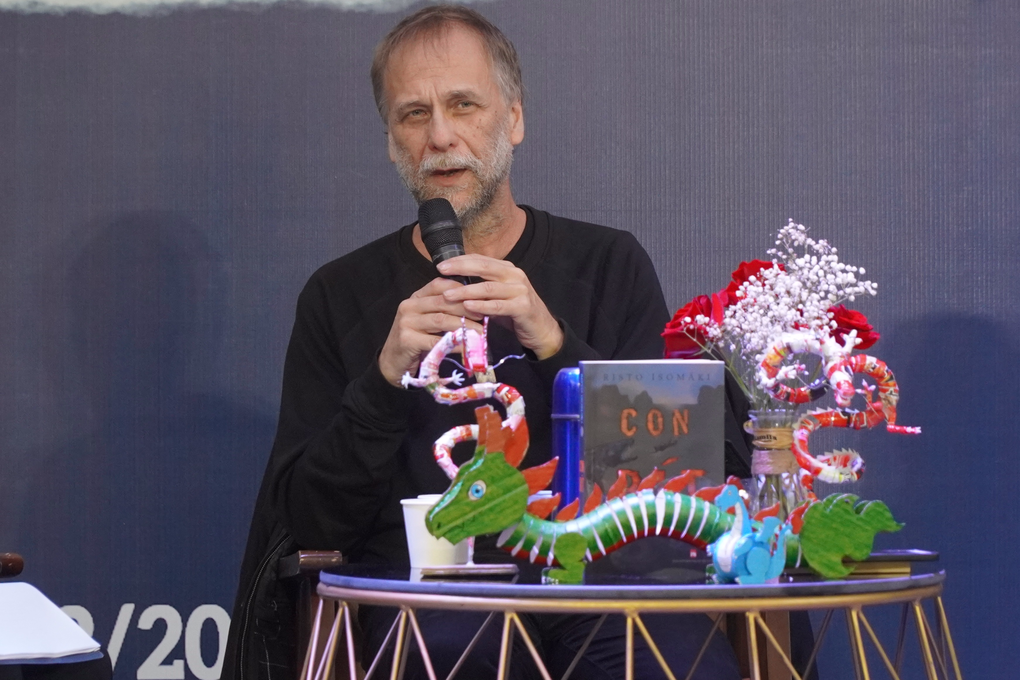
Finnish writer Risto Isomäki (Photo: Vietnamese Women's Publishing House).
According to Martti, if the scorpion did exist, it would have had a greater impact on human cultural history than any other animal.
Camilla Norrstrand, Martti's first love, the only heiress of a millionaire family, is experiencing many sad events at the same time. To help herself escape from her depression, she agrees to go on an expedition to Ha Long Bay with Martti and is willing to pay all the expenses.
However, Camilla’s finances were closely linked to a consulting firm that was promoting the destruction of Indonesian rainforests and causing massive peat fires there. This irony created tensions between Martti and Camilla.
The couple and their Vietnamese partners equipped boats and began searching for the animal's body that had been swept to the bottom of Ha Long Bay by a hurricane.
But the fishermen who led the way did not want to find the octopus, because according to legend, this animal was sometimes very dangerous, able to smash a small boat to pieces with just a swipe of its tail. Moreover, the ocean had many dangers lurking.
When a climate change-induced hurricane with much stronger than normal winds hits Ha Long Bay, the exciting expedition turns into a life-threatening danger, even a hopeless fight for survival.
People were trapped in a deep cave that was gradually filled with water pushed down by the wind; others were hanging on the mouth of the cave, behind them was a jagged cliff.
Camilla reached out and grabbed two rocks and pushed herself down. Martti crawled past her, raised himself up, and took a greedy, urgent breath. Then he dived down.
Amidst these overwhelming challenges, Martti saw the...
He saw it with his own eyes, but didn't have time to take a picture or do anything to prove its existence before it dove under the water and disappeared.
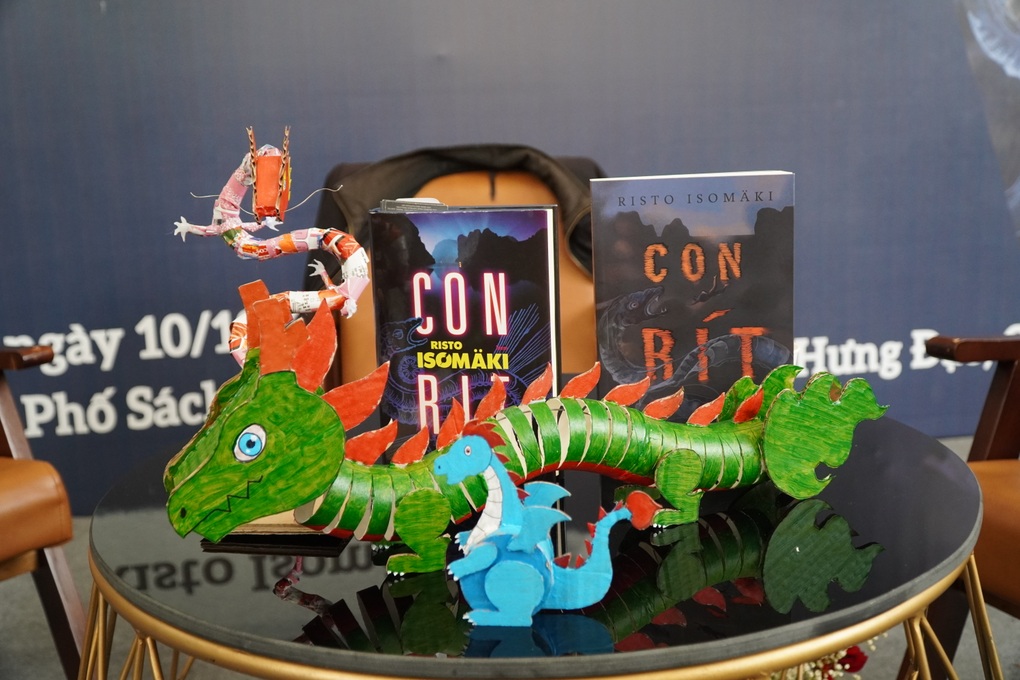
Cover of the book "The Rat" (Photo: Vietnamese Women Publishing House).
" The book captivates readers. The story is fast-paced, full of suspense and has a bit of love poetry", We Finnish Women Magazine commented.
Erkki Tuomioja, former Minister of Foreign Affairs of Finland, commented to Risto Isomäki that the novel genre is the leading tool to awaken people to the facts related to environmental change and destruction.
"In fact, we can consider The Rat as an adventure book for teenagers. In it, the dangers are caused by nature, even though they are changes in the living environment caused by humans. This makes the work more attractive and more believable," said Erkki Tuomioja.
Writer, environmental activist, journalist Risto Isomäki was born in 1961 in Turku, Finland. He has written more than 12 novels and more than 20 works of non-fiction on the environment and society. The Squirrel is his 7th novel.
Risto Isomäki has received eight different Finnish literary awards in 1992, 1995, 1998, 2006 and 2009.
In 2005, his fantasy novel Sarasvatti Sands ( Sarasvatin hiekkaa ) was nominated for Finland's most prestigious literary award - Finlandia .
In 2009 the picture book based on Sarasvatin hiekkaa by Risto Isomäki received the Finlandia Prize for picture books.
The latest non-fiction work , Memoirs of the World Healer ( Maailmanparantajan muistelmat ), released to readers in June 2023, is one of the five non-fiction books that Finnish readers sought out as soon as it was published.
Translator Bui Viet Hoa was born in 1962 in Hanoi, has a master's degree in Hungarian philology and Finnish Language and Culture in Budapest, Hungary; and a doctorate in Finnish Folklore - Ugor in Budapest, Hungary.
Her main works: The Magic Mill of Sampo (1999), Descendants of Mon Man (2008).
Main translations: Seven Brothers , novel by Aleksis Kivi (2016, reprinted 2020), The Man in the Summer Night, novel by FE Sillanpää (2016), Mumi series 08 volumes by Tove Jansson (2018), Midwife - Love at the End of the World, novel by Katja Kettu (2018), Power and Love, novel by Mika Waltari (2023).
Source link





![[Photo] Prime Minister Pham Minh Chinh and Prime Minister of the Kingdom of Thailand Paetongtarn Shinawatra attend the Vietnam-Thailand Business Forum 2025](https://vphoto.vietnam.vn/thumb/1200x675/vietnam/resource/IMAGE/2025/5/16/1cdfce54d25c48a68ae6fb9204f2171a)








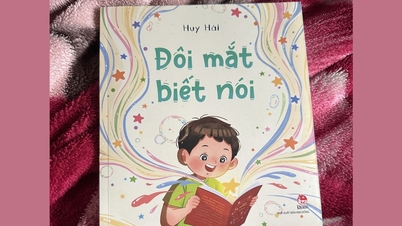
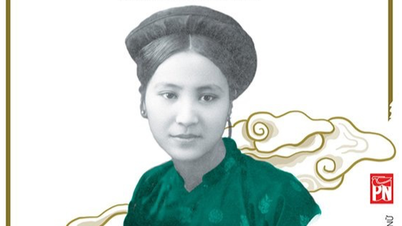



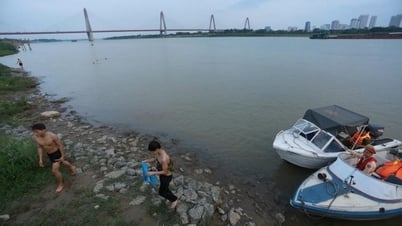
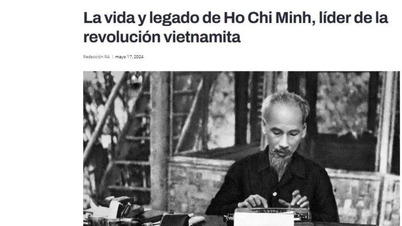










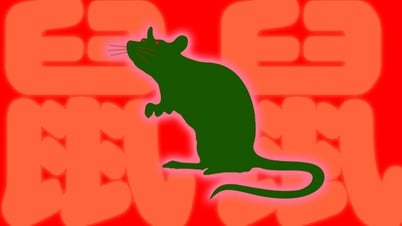



![[Photo] President Luong Cuong receives Prime Minister of the Kingdom of Thailand Paetongtarn Shinawatra](https://vphoto.vietnam.vn/thumb/1200x675/vietnam/resource/IMAGE/2025/5/16/52c73b27198a4e12bd6a903d1c218846)











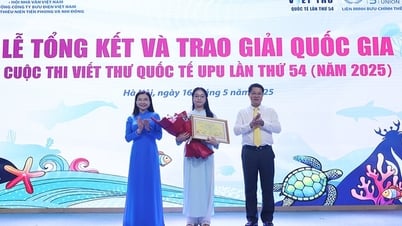





























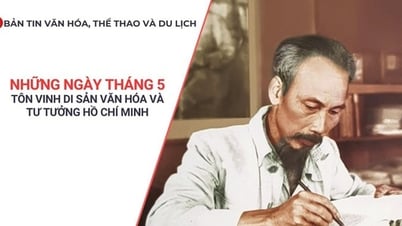

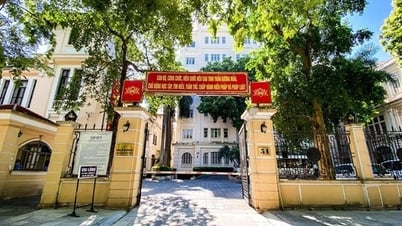









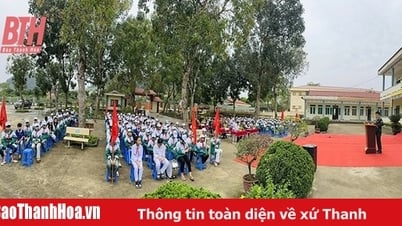










Comment (0)